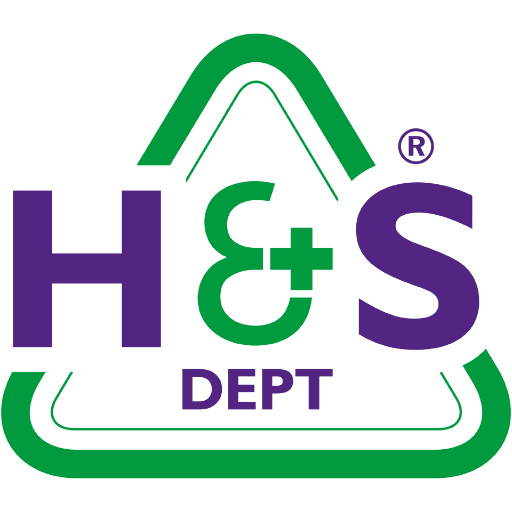From 13th-19th May, the Campaign for Learning is holding its annual Learning at Work Week. This year’s theme is ‘Learning power’, focusing on the empowering effects of workplace learning. To mark the occasion, we thought we’d take a closer look at the benefits of online education. Here are three reasons to upskill your staff remotely, and how we can make the process as easy as possible for health and safety eLearning.
What are the benefits of eLearning?
Sadly, it seems that the UK is falling behind when it comes to workplace learning. A recent study by the New Economics Foundation found that investment in employee training has fallen by almost 20% in the last decade.
Cutting health and safety training might save you money in the short term, but it can prove extremely costly in the long run. The average workplace injury costs £12,200, and many of these incidents stem from a lack of knowledge. While it’s impossible to eliminate human error altogether, regular refresher training is the best way to avoid unnecessary slip-ups.
This is especially true when it comes to eLearning, which has three major advantages:
1. Cost and scalability
Classroom training definitely has its place, with an opportunity for building rapport and engagement between instructor and attendees, and delivering practical elements.
But the expense can rack up, especially if you have to send multiple employees on multiple courses – paying instructors, hiring rooms, providing educational materials. If the course takes place in an external location, you will also have to cover the cost of transport and possibly even overnight accommodation.
eLearning solves both these issues. With no instructors, classrooms or travel expenses, costs are considerably lower. Better yet, since there’s no need to gather everyone in a single space, eLearning can cater to as many employees as you need it to.
2. Flexibility
While your traditional view of training may be that it can be disruptive, slowing productivity for hours even days at a time, with eLearning, this isn’t an issue. Training can be staggered, allowing some employees to complete the course while others continue to work. Courses can also be stopped and started as often as needed, ensuring that urgent tasks aren’t delayed or missed.
3. Choice
Adopting an eLearning approach gives you a huge choice, allowing you to get as specific as you like. At The Health & Safety Dept, we have over 100 online courses covering every possible aspect of health and safety. From stress awareness to food safety and hygiene, all of our modules are CPD accredited and can be completed in as little as 30 minutes. Whether you’re looking to train new employees or give existing staff a refresher, we have the perfect course for you.
Employees value training highly
We’ve focused on the practical benefits here, but there are also less tangible advantages to consider. Demonstrating a commitment to learning shows your employees that you care about their development, and this can have a significant effect on motivation and productivity, as results from a selection of surveys show:
- 59% of employees say that training directly improves their performance
- Businesses that provide comprehensive training are 24% more profitable
- 94% of employees are less likely to quit their jobs if training opportunities are provided
- 28% of job hunters won’t apply for a job with an employer that doesn’t invest in training and development
All bases covered
eLearning is quick, impactful and cost-effective, but as we said earlier some training requires a more hands-on approach. In order to obtain a first aid qualification, employees need to demonstrate a range of practical skills, and this is often best done in person.
We offer fully accredited first aid courses, covering everything from CPR to infection prevention. Over the course of one, two or three days, our expert instructors will teach your employees everything they need to respond appropriately to a medical emergency.
If you have any questions about training, be it online or in person, don’t hesitate to get in touch.
You can visit our eLearning page here, and our first aid training page here.

